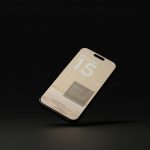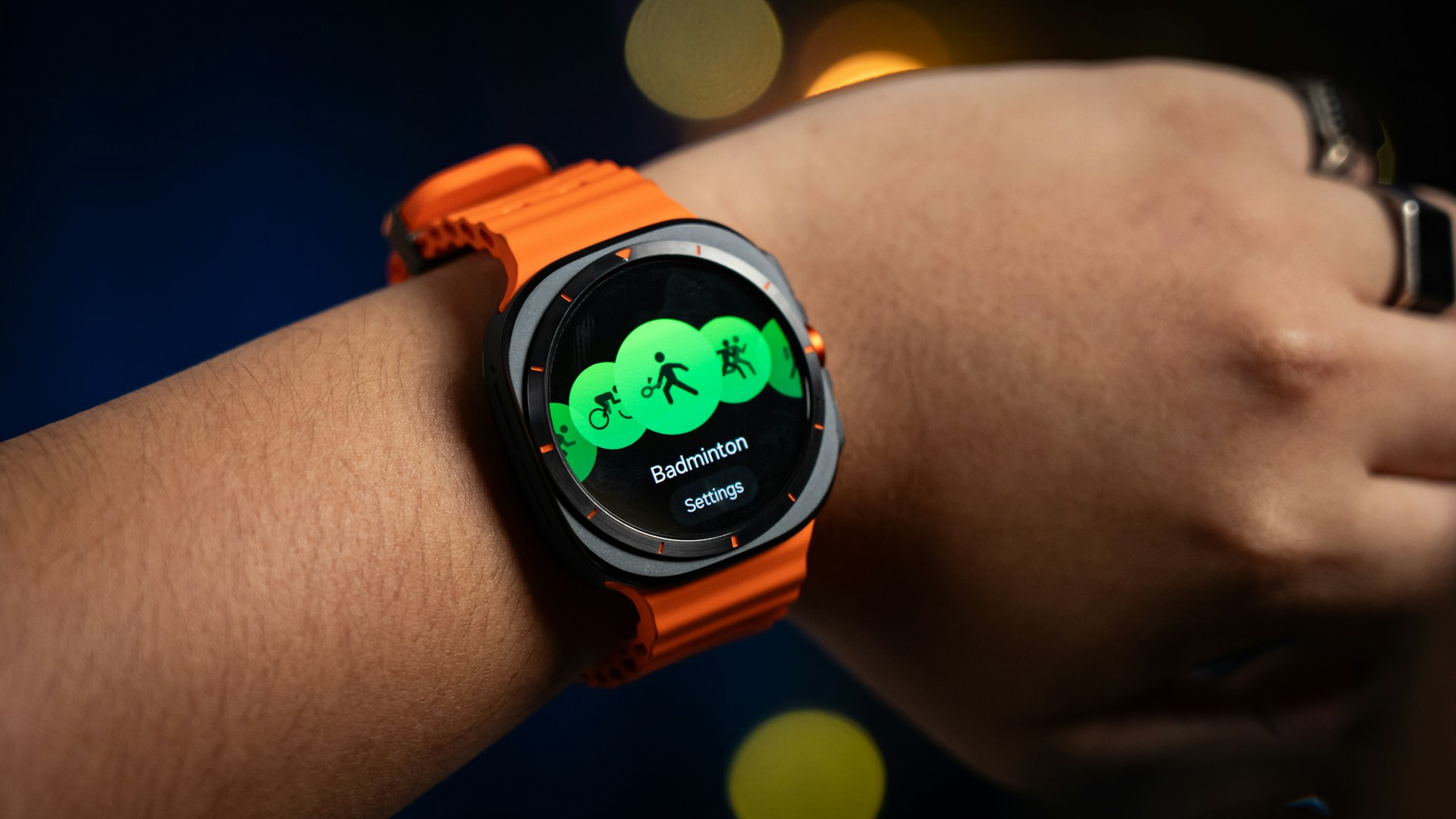In recent years, fitness bands have slowly been overshadowed by the rise of smartwatches. Once a popular choice for tracking health and fitness, these bands have seen a decline in availability, primarily due to financial factors. Smartwatches, with their higher price tags, generate more profit for companies, pushing fitness bands to the background. However, Samsung’s new Galaxy Fit 3 is a reminder that fitness bands, while rarer, are still an option.
Interestingly, this device won’t be sold in the United States, the UK, or many European countries, raising questions about its limited availability. While Samsung hasn’t provided an official reason, it seems likely that the company is focusing its efforts on smartwatches in these markets. But are consumers missing out on a solid budget fitness tracker? After using the Galaxy Fit 3 for several days, I’ve gathered some insights. Read on to discover what’s new in this latest device and whether it’s worth seeking out.
Key Features of the Samsung Galaxy Fit 3:
1.6-inch AMOLED display
Tracks sleep and over 100 exercises
No GPS functionality
Battery life of up to 13 days
Bluetooth 5.3 compatibility
Affordable pricing around €65
Unboxing and Design
The Galaxy Fit 3 comes in a simple package, including the fitness tracker itself, a proprietary charging cable with a USB-C connection, and a user manual. That’s all you get—no frills, just the essentials.
Samsung offers the Galaxy Fit 3 in three color options: a black body with a black band, a silver body with a white band, and a gold body paired with a champagne-colored band. For this review, we used the silver version.
The band is a soft, comfortable sports loop that’s easy to swap out thanks to Samsung’s proprietary system. You simply press a button to release the band and snap it back on. It’s a straightforward design that feels solid and functional.
At 1.6 inches, the Galaxy Fit 3’s screen is larger than most fitness bands, making it easier to view notifications and other information. The AMOLED display offers vibrant colors, and if you choose a black watch face, the screen blends seamlessly with the bezel. However, if you prefer a brighter face, the thick bezel surrounding the screen becomes more noticeable, slightly affecting the overall aesthetic.
Software and Features
One of the standout features of the Galaxy Fit 3 is its ability to track over 100 different exercises, along with sleep monitoring. This variety is impressive for a budget fitness band, giving users a wide range of options to track their fitness goals.
Unfortunately, I encountered a significant issue during setup. While Samsung claims the Galaxy Fit 3 is compatible with both Android and iOS devices, I was unable to pair it with an iPhone. The tracker hasn’t been added to the Galaxy Fit iOS app yet, which makes it unusable for iPhone users at this time. Hopefully, Samsung will address this in an upcoming update, but for now, this limitation is a major drawback.
On the positive side, pairing with Android devices went smoothly. The band connects via Bluetooth 5.3, ensuring a stable and quick connection.
The navigation on the Galaxy Fit 3 is fairly simple. There’s a single button on the side of the device, which serves multiple functions. Press it once to return to the main watch face, twice to start a workout, or hold it down to power off the device or access medical information. All other navigation is done through swipes and taps on the touchscreen. Despite the budget price, the device’s performance is smooth, with no noticeable lag or stuttering when swiping through menus.
Battery Life and Charging
Battery life is another strong point for the Galaxy Fit 3. Samsung claims it can last up to 13 days on a single charge, depending on usage. During my time with the device, I found this to be fairly accurate. With moderate use—tracking exercises, receiving notifications, and monitoring sleep—I didn’t need to charge the band for nearly two weeks. For a fitness band at this price point, such longevity is impressive.
Charging is done via a proprietary cable, which snaps onto the back of the device. It’s simple and efficient, though it would have been nice to see a more universal charging solution like USB-C.
Competitors and Alternatives
The fitness band market is shrinking, but there are still a few competitors to consider. Xiaomi’s Mi Band series is a popular alternative, offering similar features at a comparable price point. The Mi Band 7, for example, also features a large AMOLED display, sleep tracking, and a variety of exercise modes. However, Xiaomi’s tracker lacks Bluetooth 5.3 support and doesn’t feel as refined as Samsung’s offering in terms of design.
Another option is the Fitbit Inspire 3, which costs a bit more but comes with Fitbit’s well-established fitness ecosystem. The Inspire 3 includes a similar set of features but adds better app integration and a more premium feel.
If GPS functionality is important to you, neither the Galaxy Fit 3 nor its direct competitors will meet that need. You’d need to step up to a smartwatch, such as the Garmin Vivosmart 5 or Fitbit Charge 5, both of which offer built-in GPS and more advanced health tracking features.
Final Thoughts
The Samsung Galaxy Fit 3 is a solid fitness band that offers a lot of value for its low price. It has a vibrant display, a comfortable design, and a variety of exercise tracking features that are rare in this price range. The long battery life is a major plus, and the overall performance is snappy and responsive.
However, the lack of iOS compatibility and absence of built-in GPS might be dealbreakers for some users. If you’re an Android user looking for an affordable, no-frills fitness tracker with smartwatch-like features, the Galaxy Fit 3 is a great option. But if you need more advanced features or prefer a device that works seamlessly with iPhones, you might want to explore other options.
 Google Set to Launch a Pinterest Rival: Major Announcement Expected at Google I/O 2025
Google Set to Launch a Pinterest Rival: Major Announcement Expected at Google I/O 2025  iPhone SE vs iPhone 13 Mini: A Compact Phone Showdown
iPhone SE vs iPhone 13 Mini: A Compact Phone Showdown  Mario Kart World Ushers in a New Era with Open-World Racing
Mario Kart World Ushers in a New Era with Open-World Racing  Why Some of the World’s Richest Prefer Android Over iPhones
Why Some of the World’s Richest Prefer Android Over iPhones  Eufymake Unveils UV Printer That Brings 3D Textures to Almost Any Surface
Eufymake Unveils UV Printer That Brings 3D Textures to Almost Any Surface  Google Pixel 8 vs Pixel 7: Genuine Progress or Just More of the Same?
Google Pixel 8 vs Pixel 7: Genuine Progress or Just More of the Same?  NVIDIA Blames Users, AIB Partners, and Third-party Cable Makers for RTX 40 and RTX 50 GPU Burnouts
NVIDIA Blames Users, AIB Partners, and Third-party Cable Makers for RTX 40 and RTX 50 GPU Burnouts  NeuroSense Therapeutics: A Promising Biotech Stock in the Neurodegenerative Space
NeuroSense Therapeutics: A Promising Biotech Stock in the Neurodegenerative Space  Critical LDAP Vulnerability Puts Windows Systems at Risk
Critical LDAP Vulnerability Puts Windows Systems at Risk 